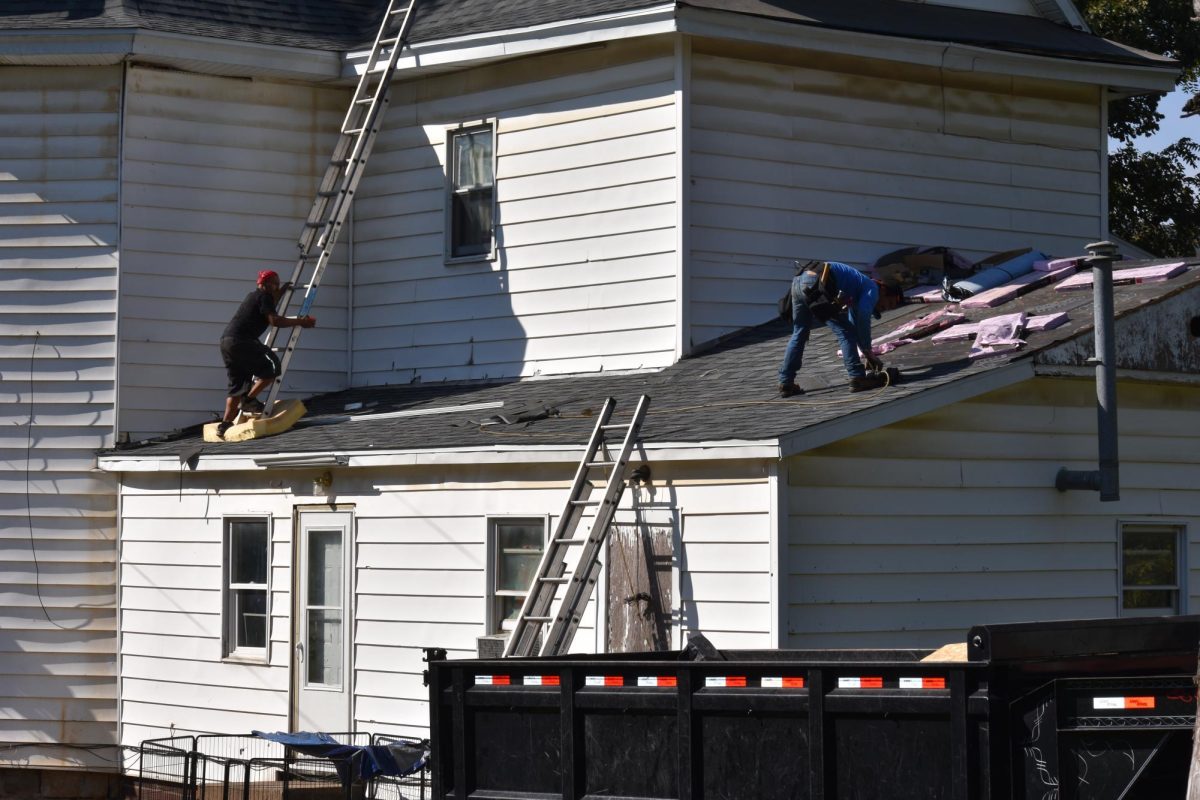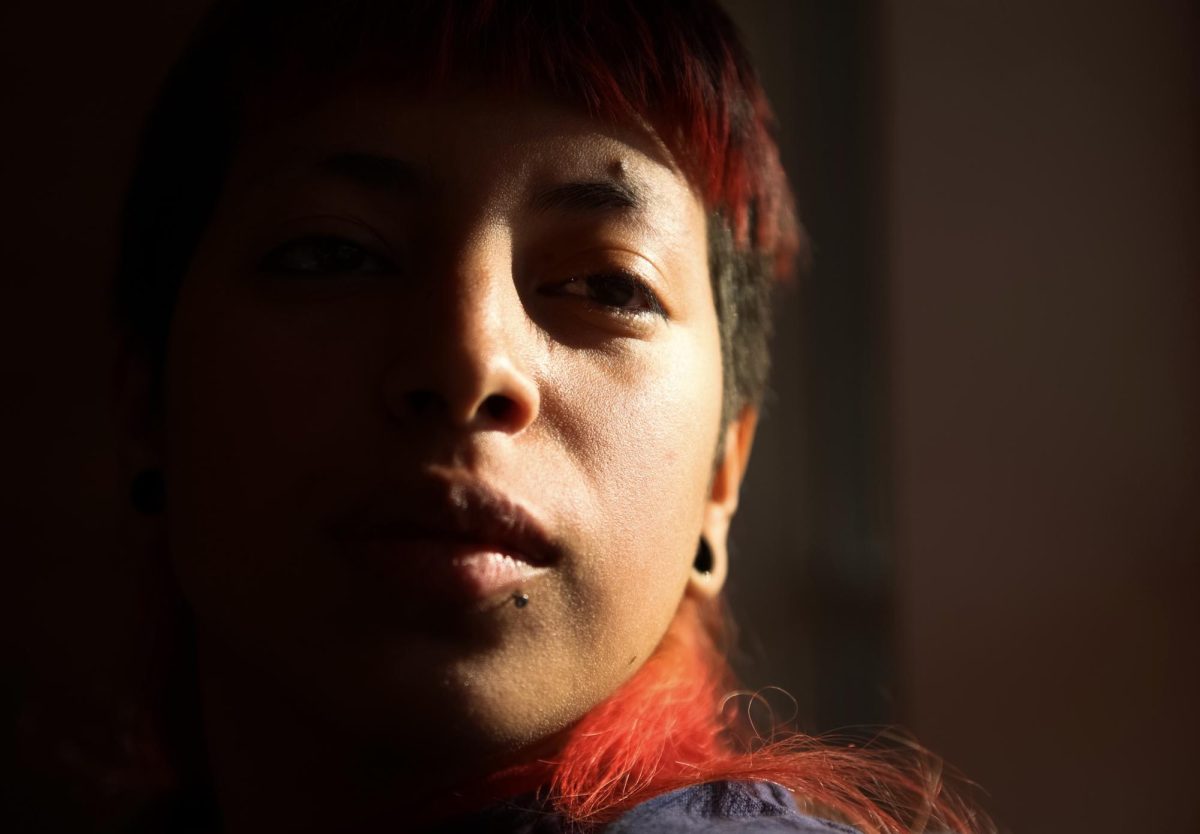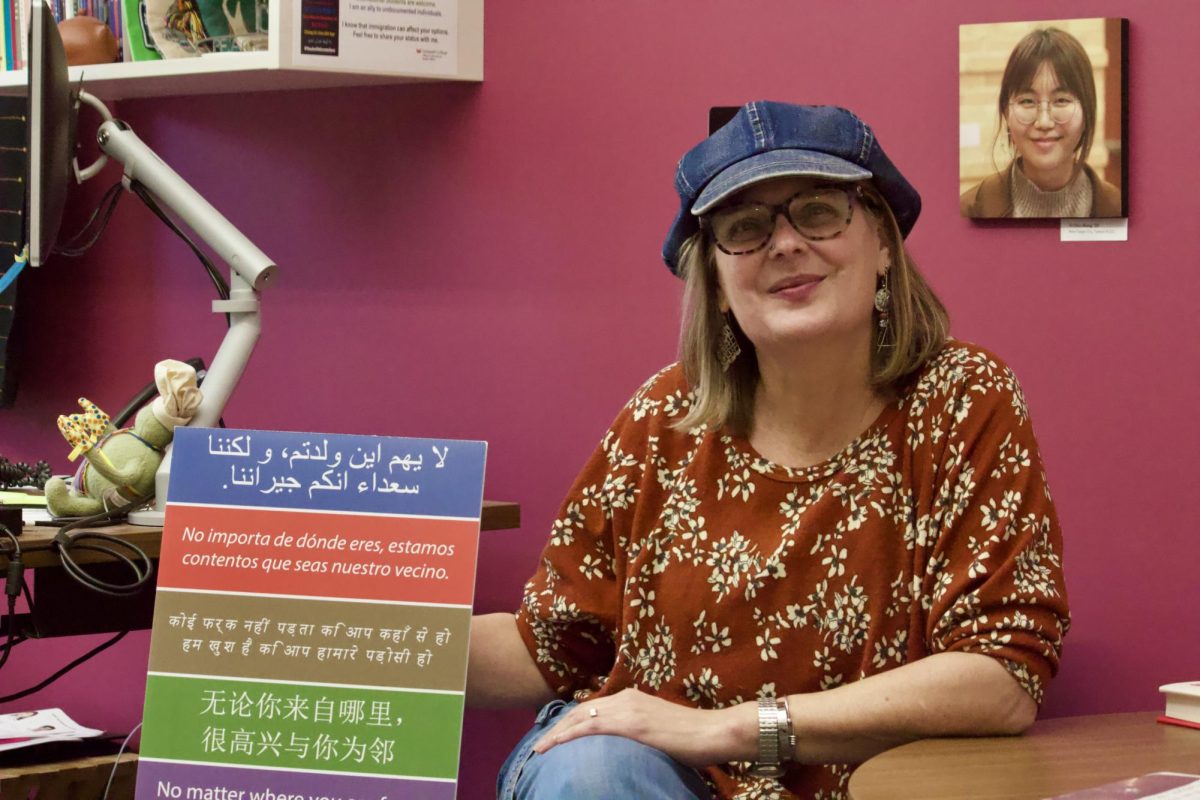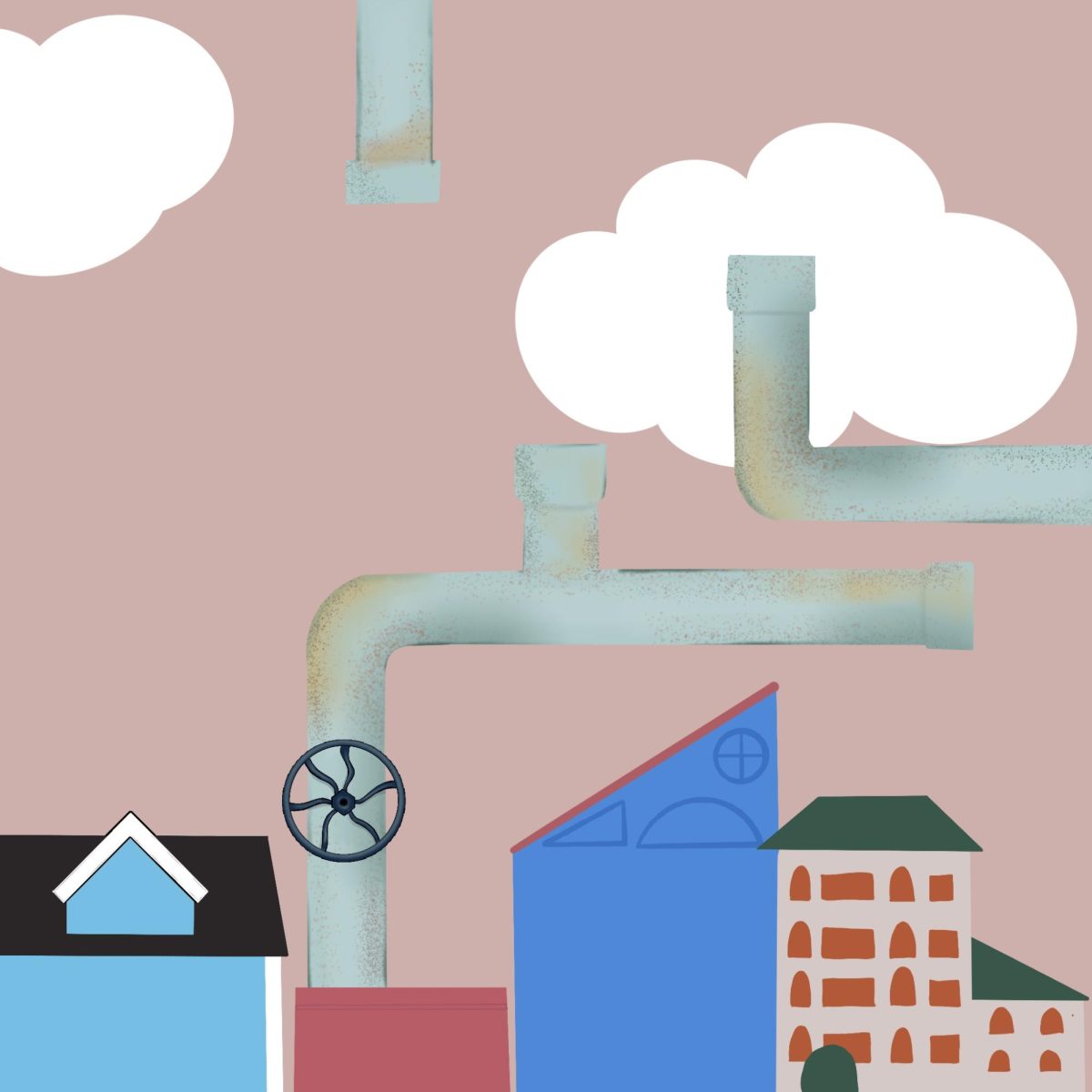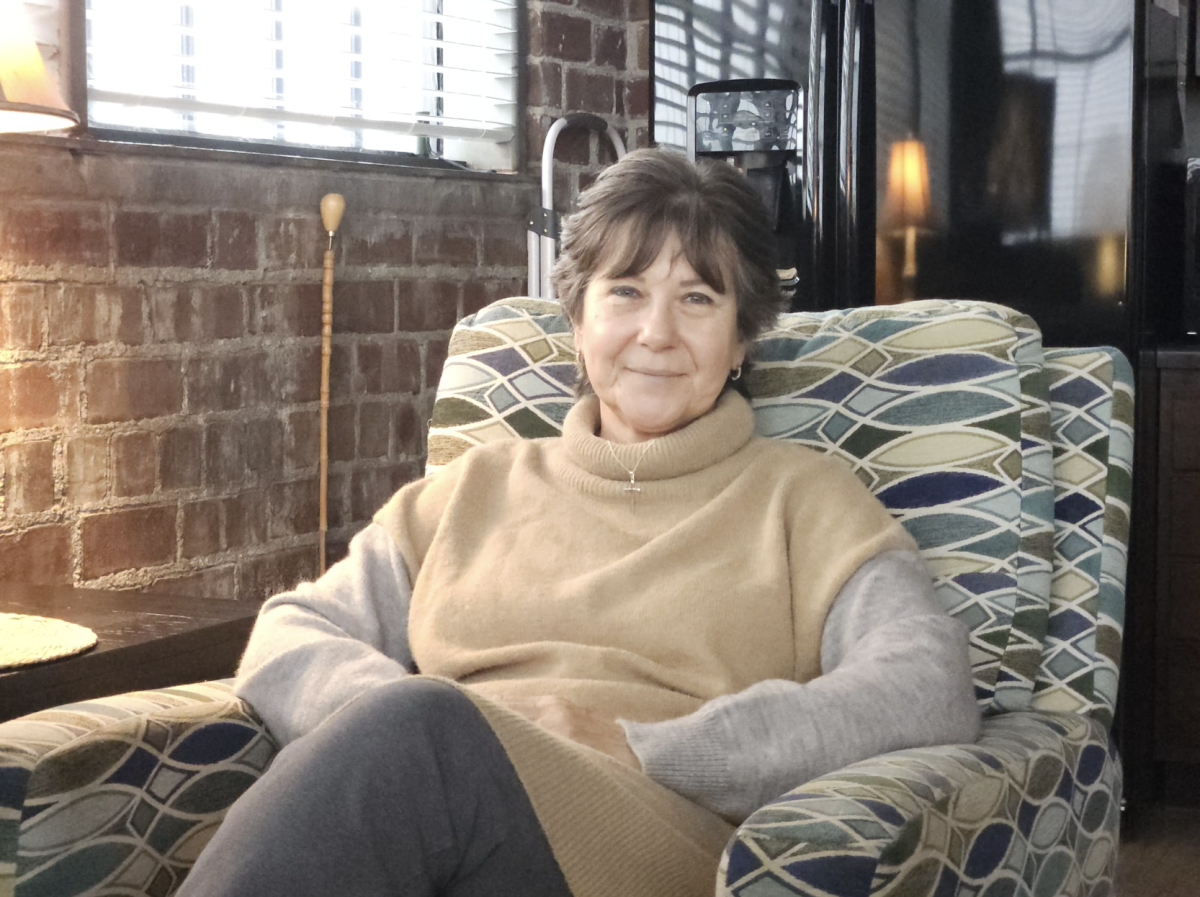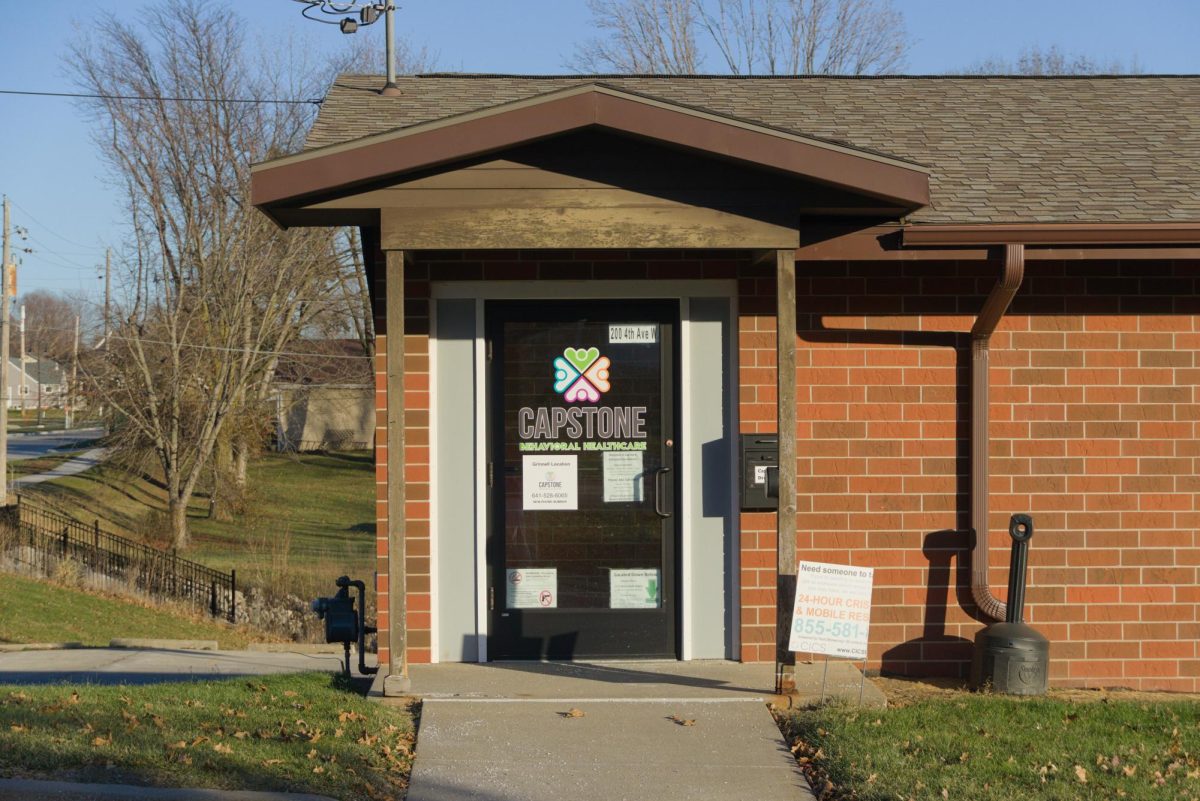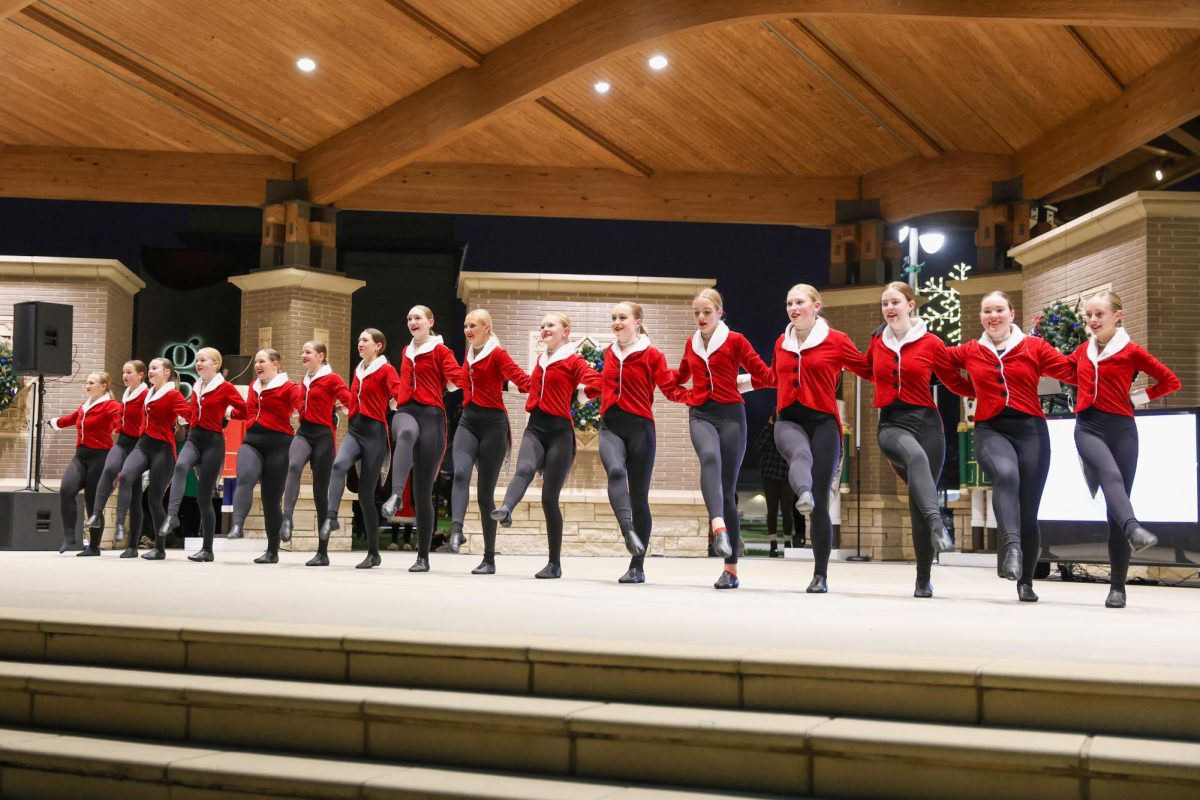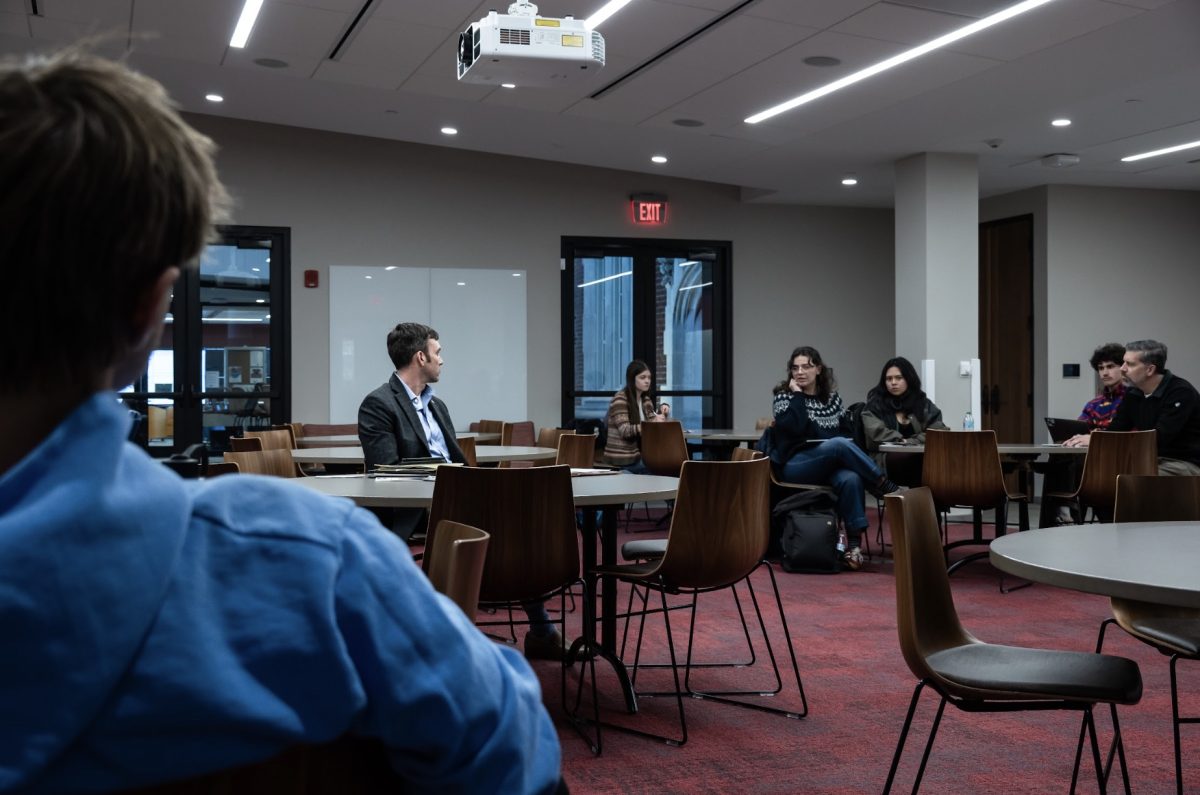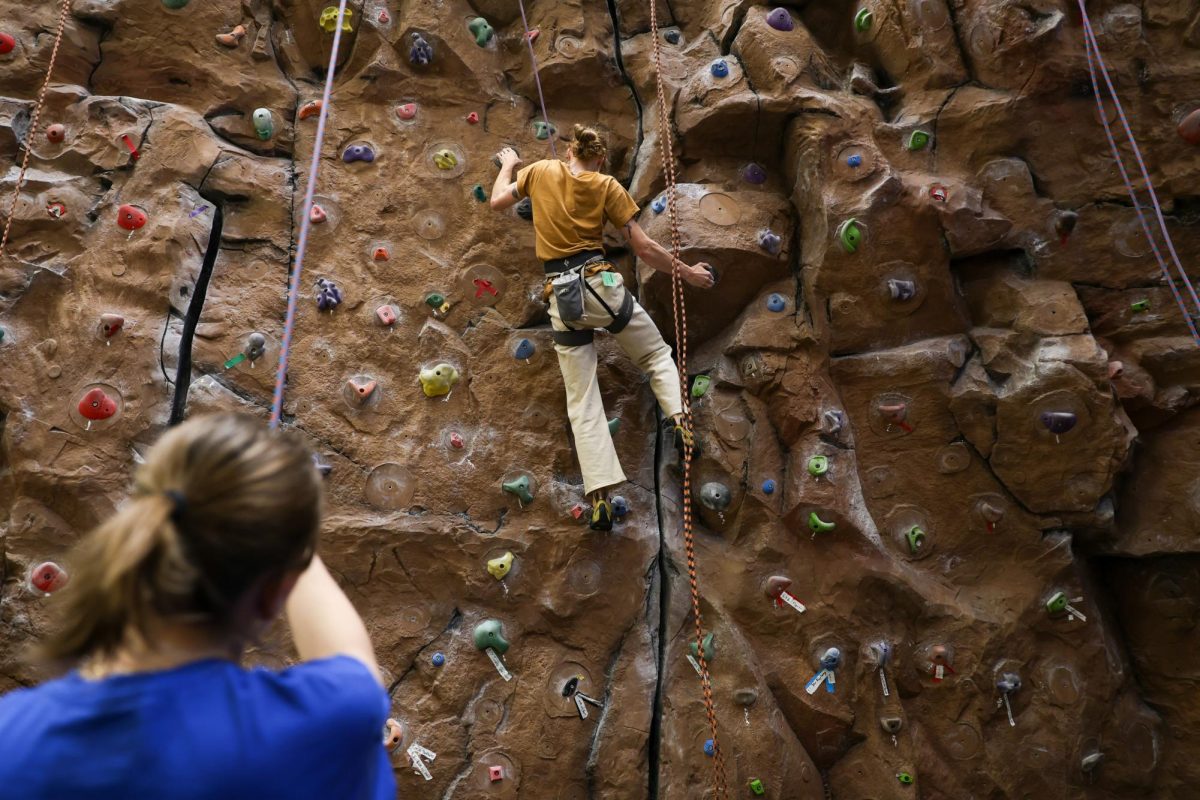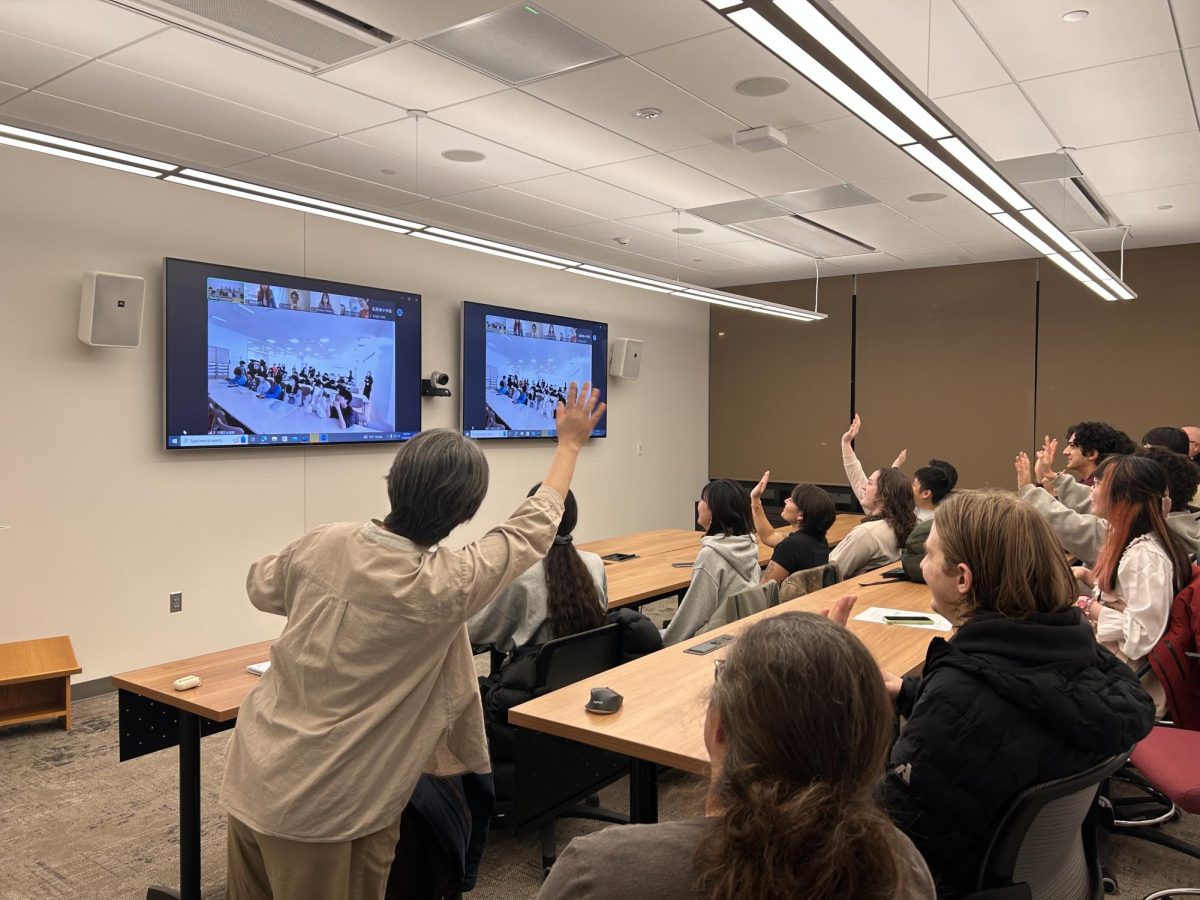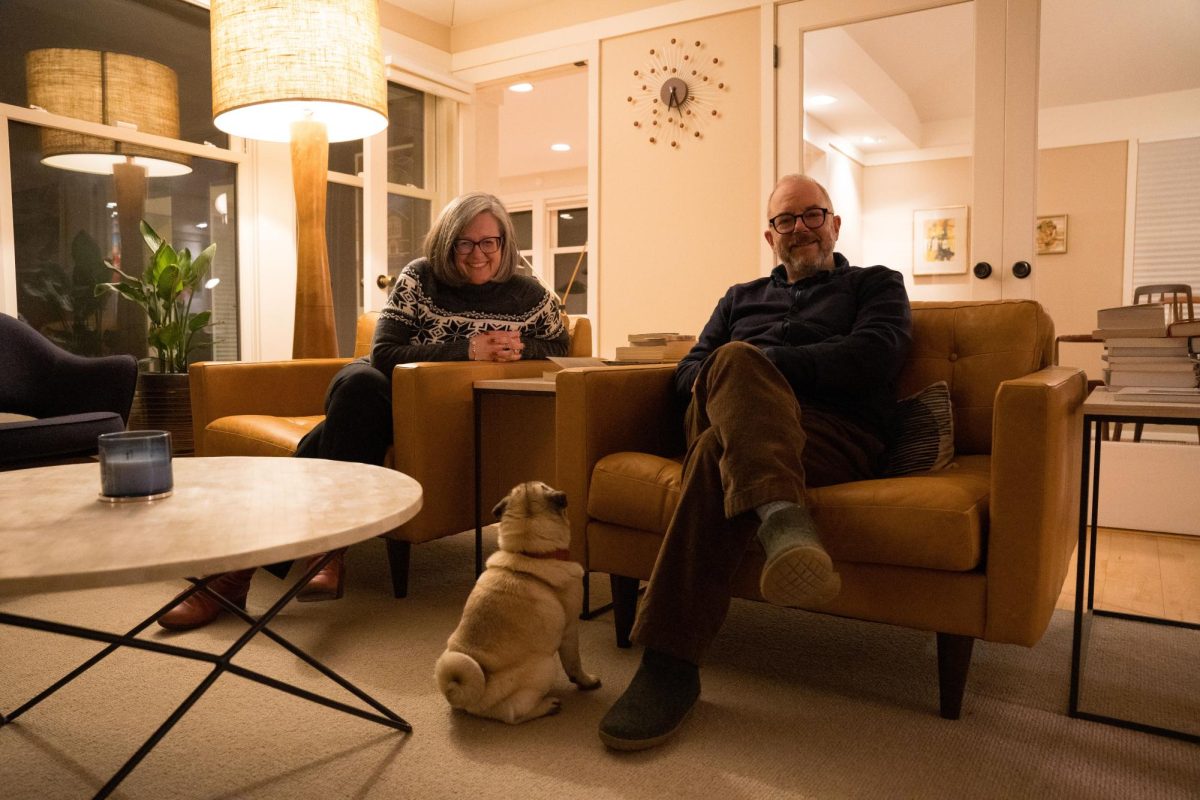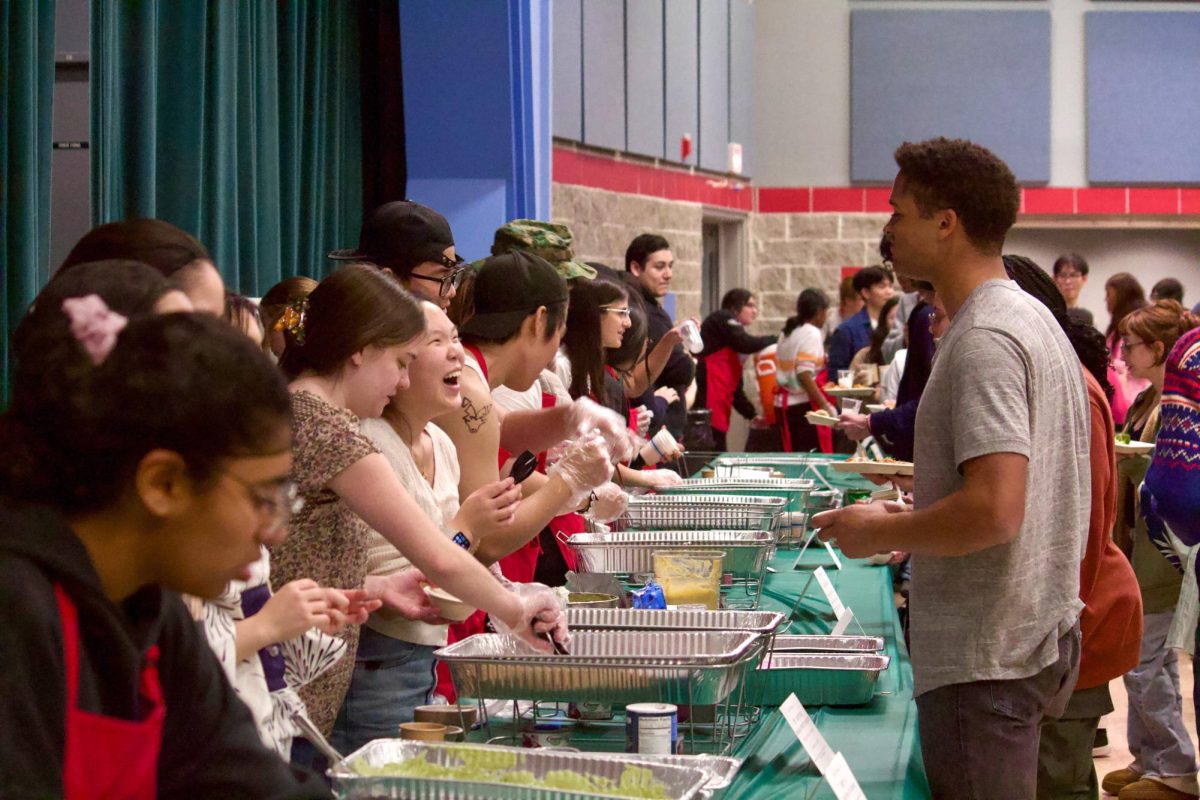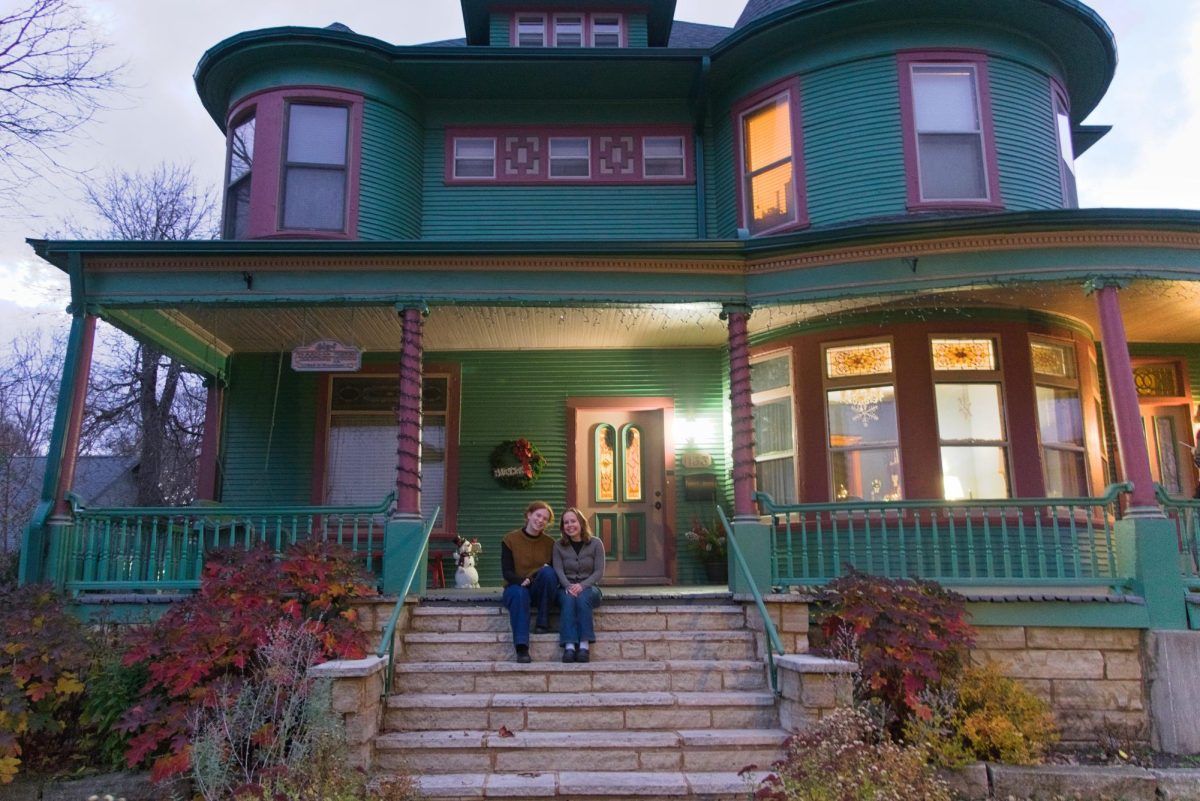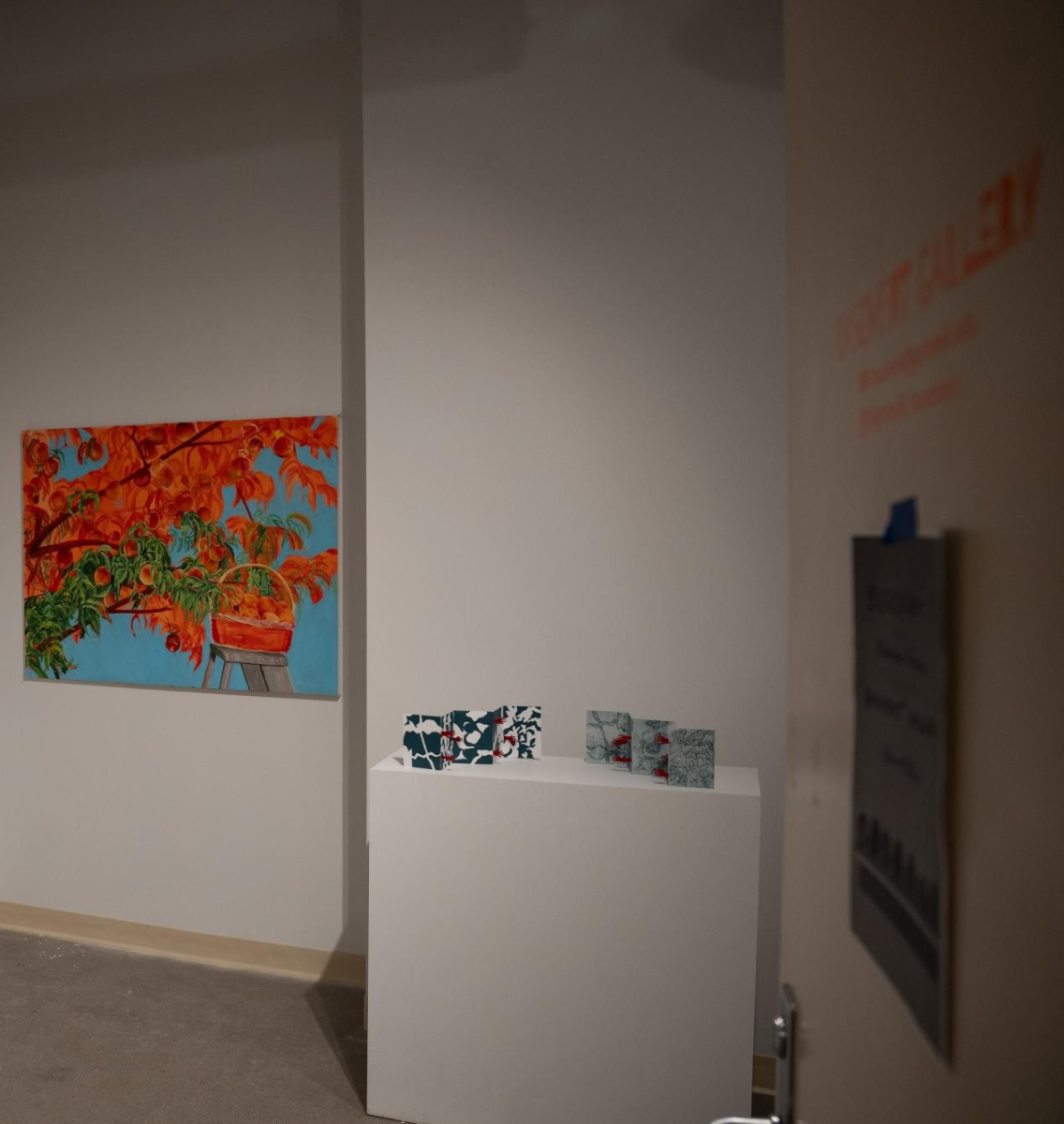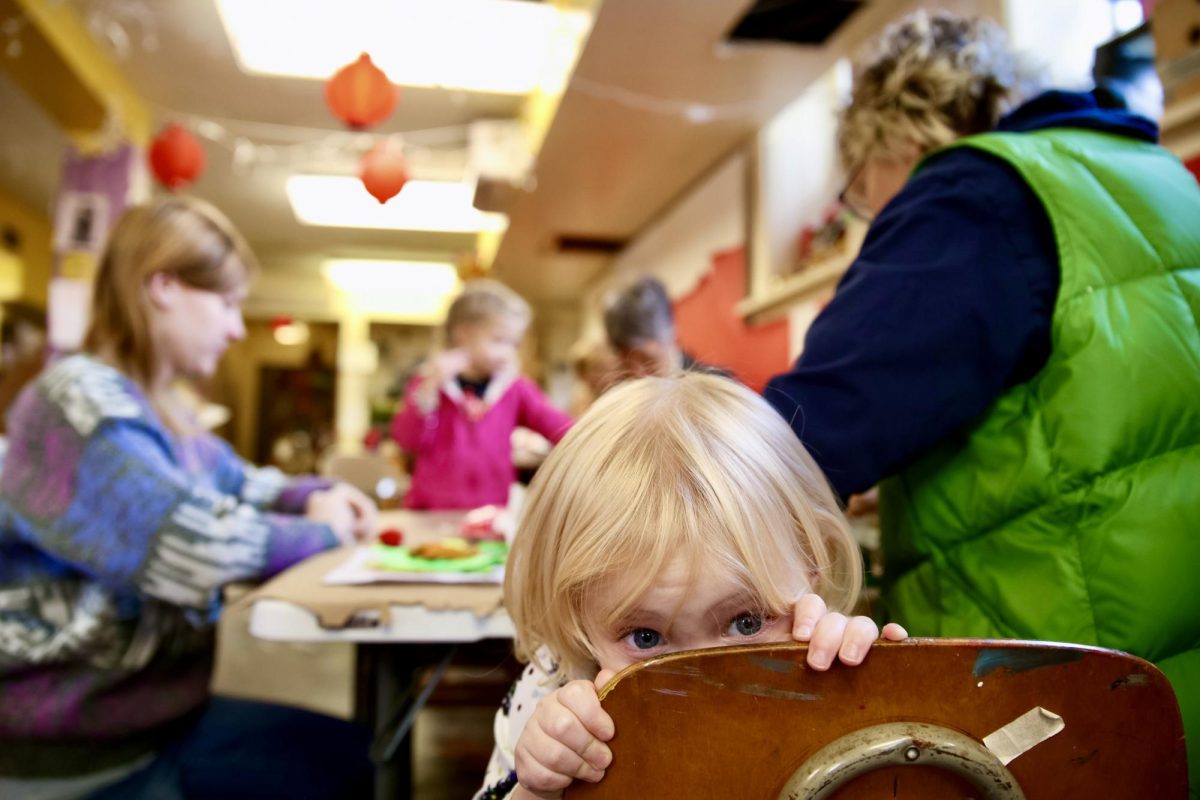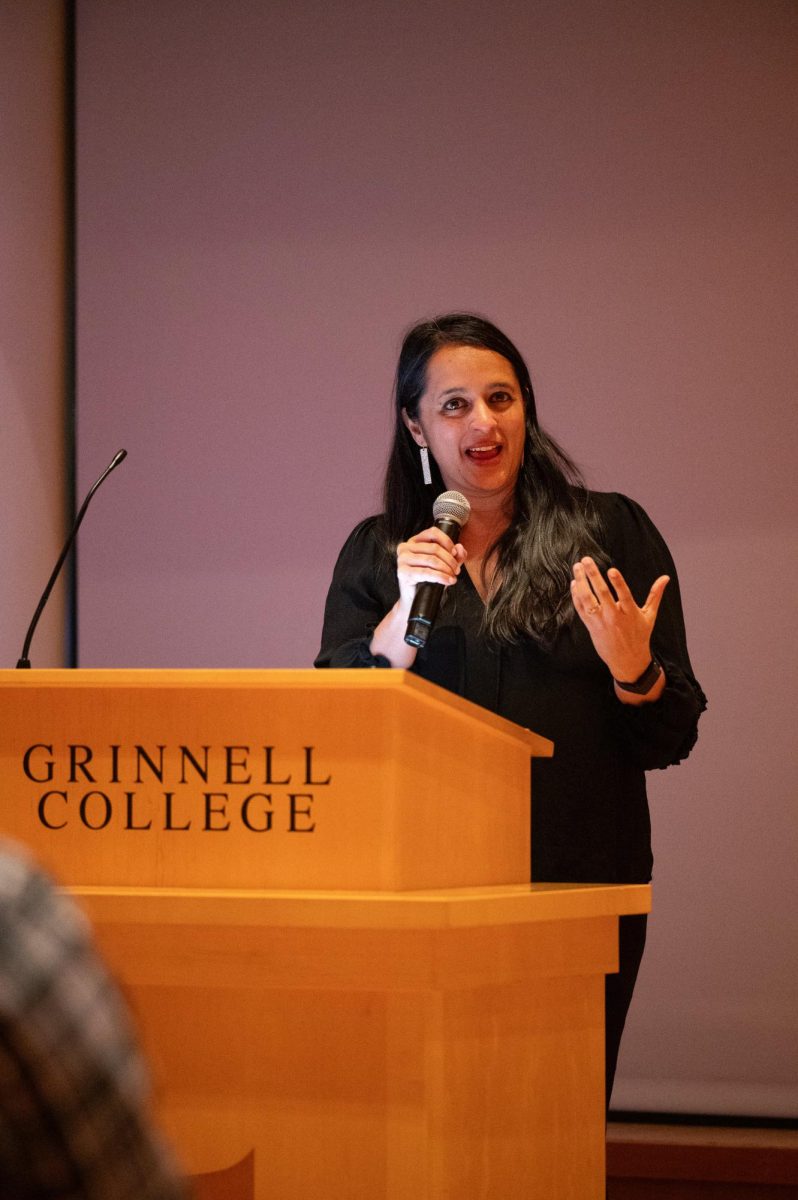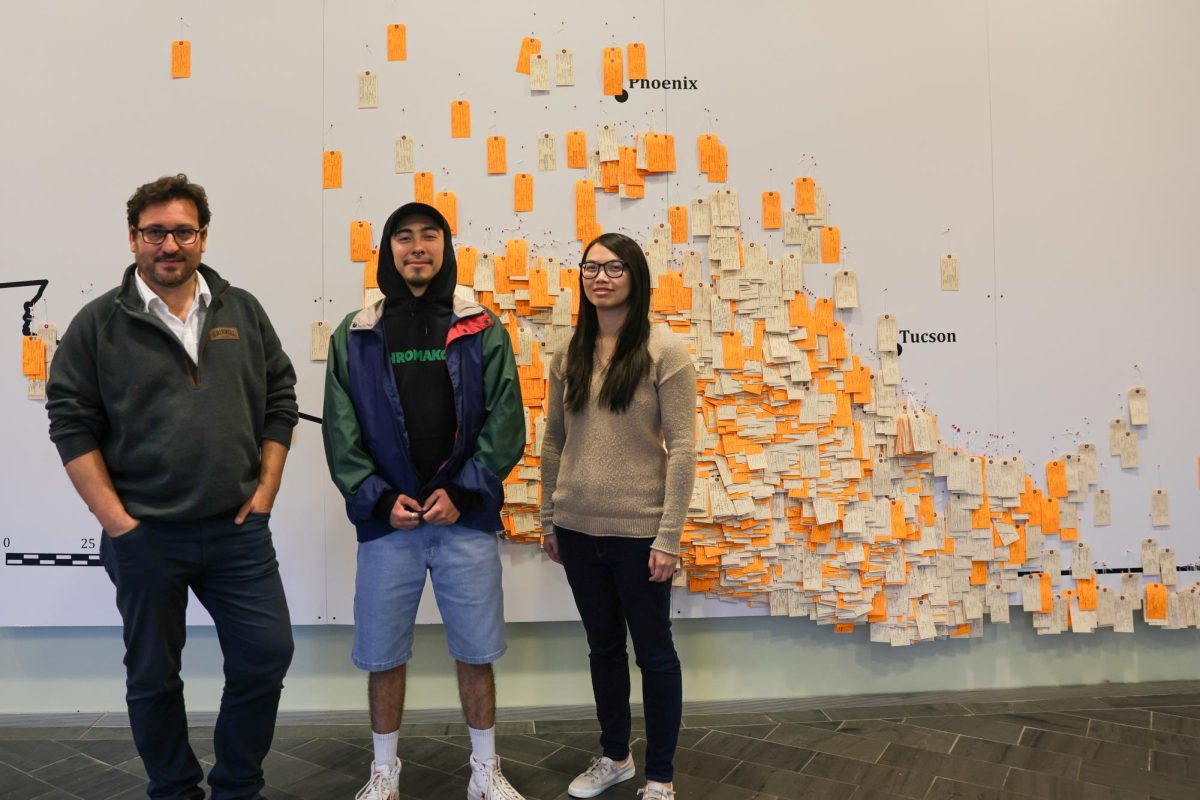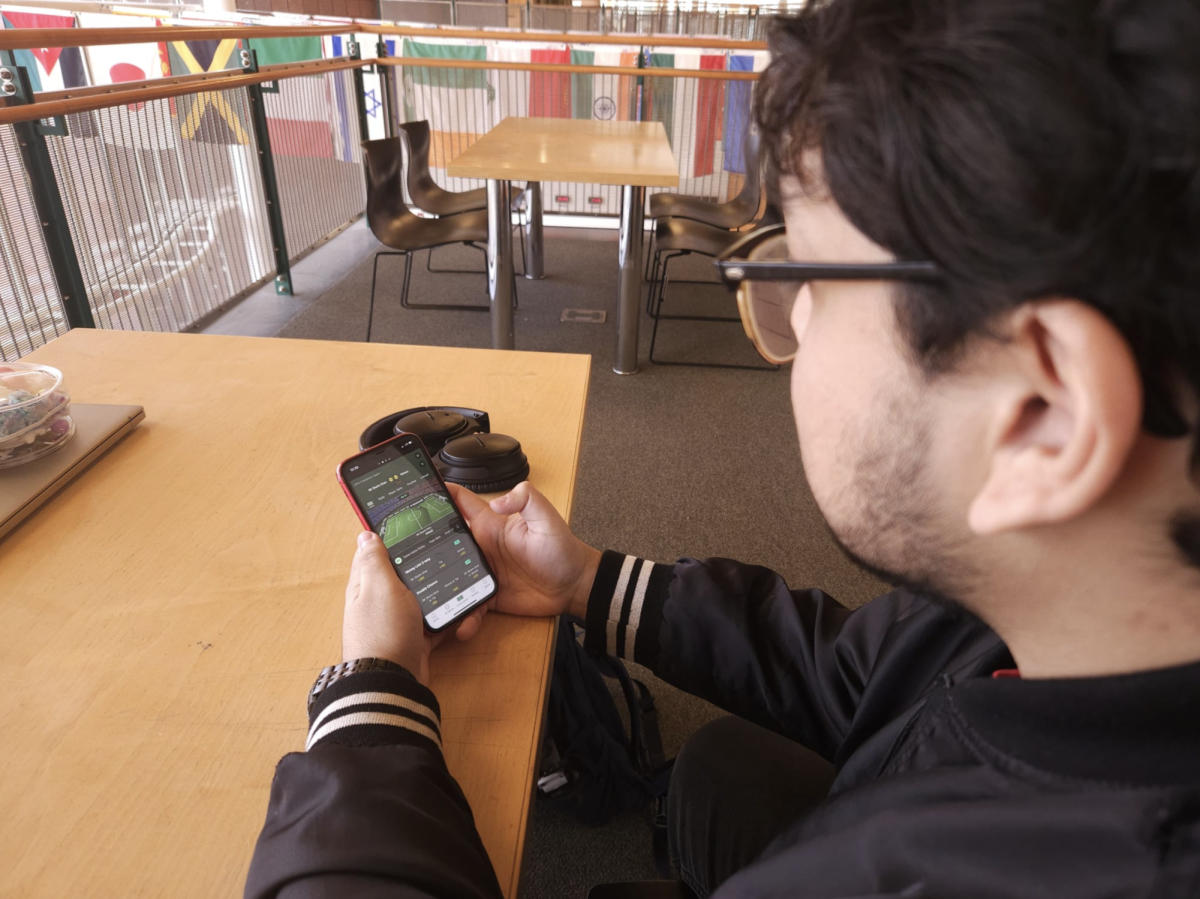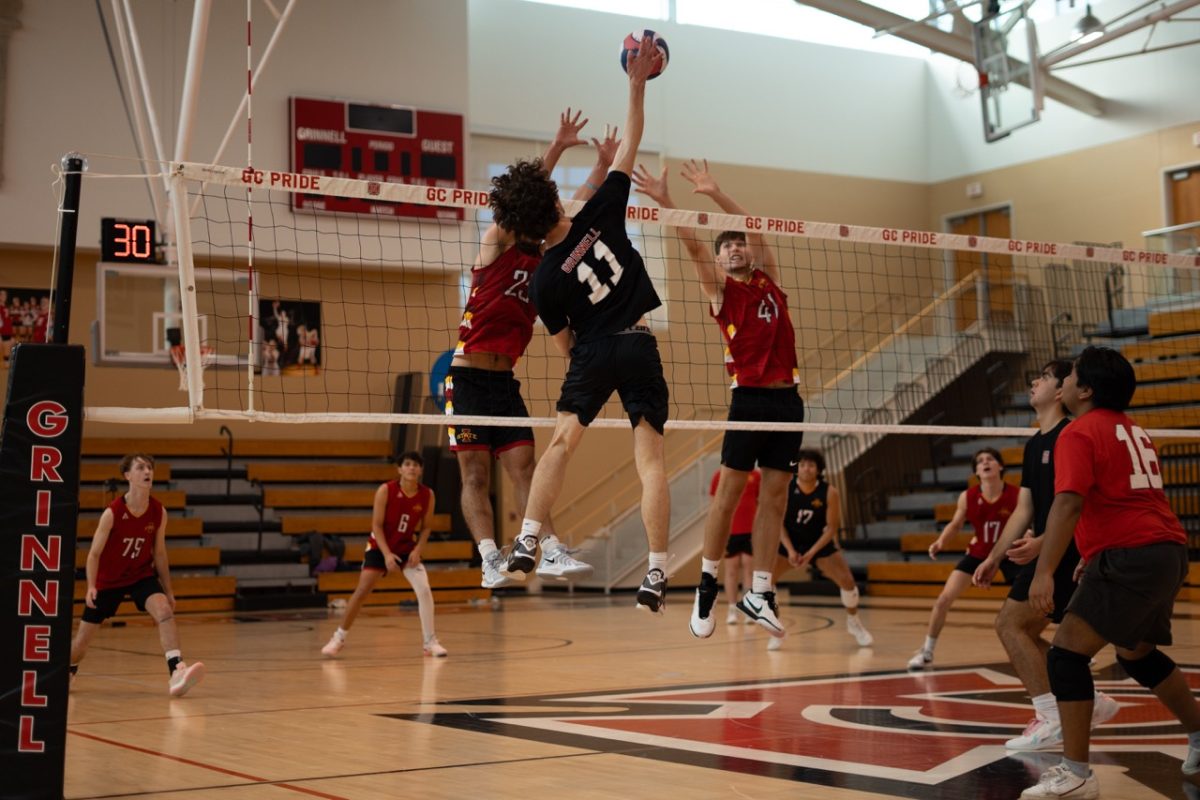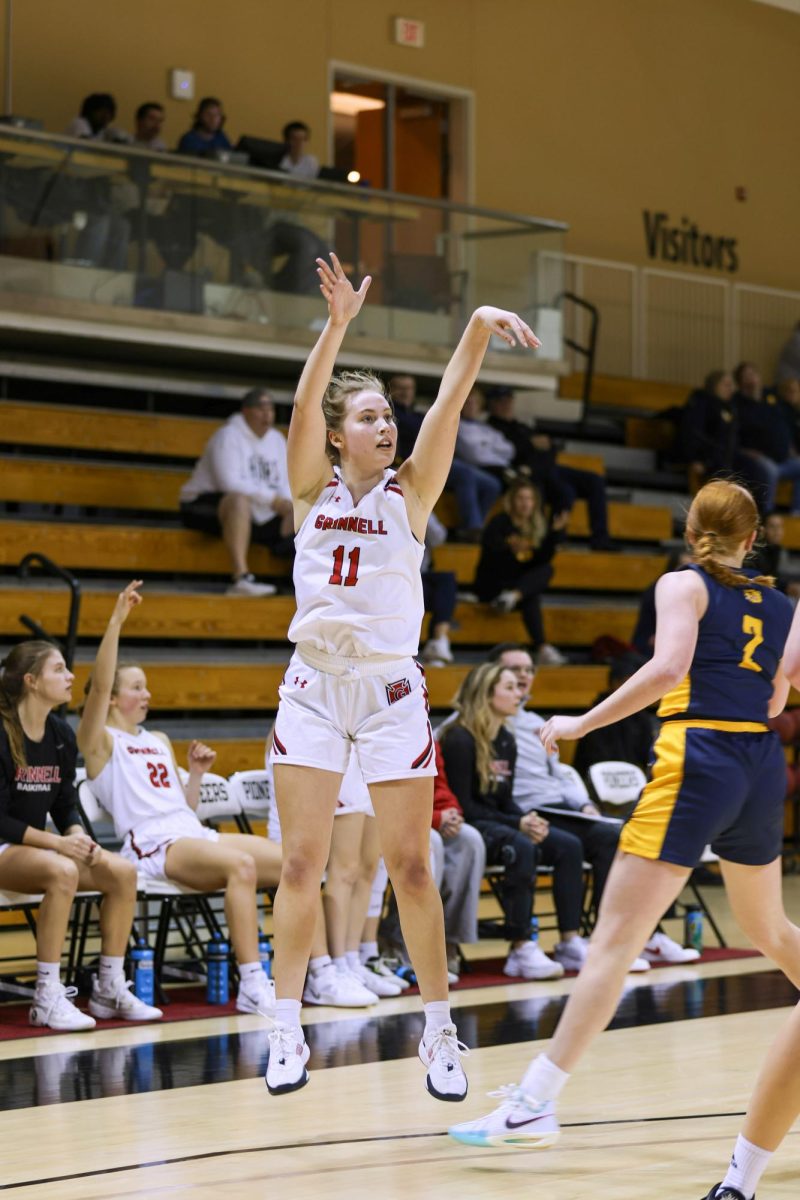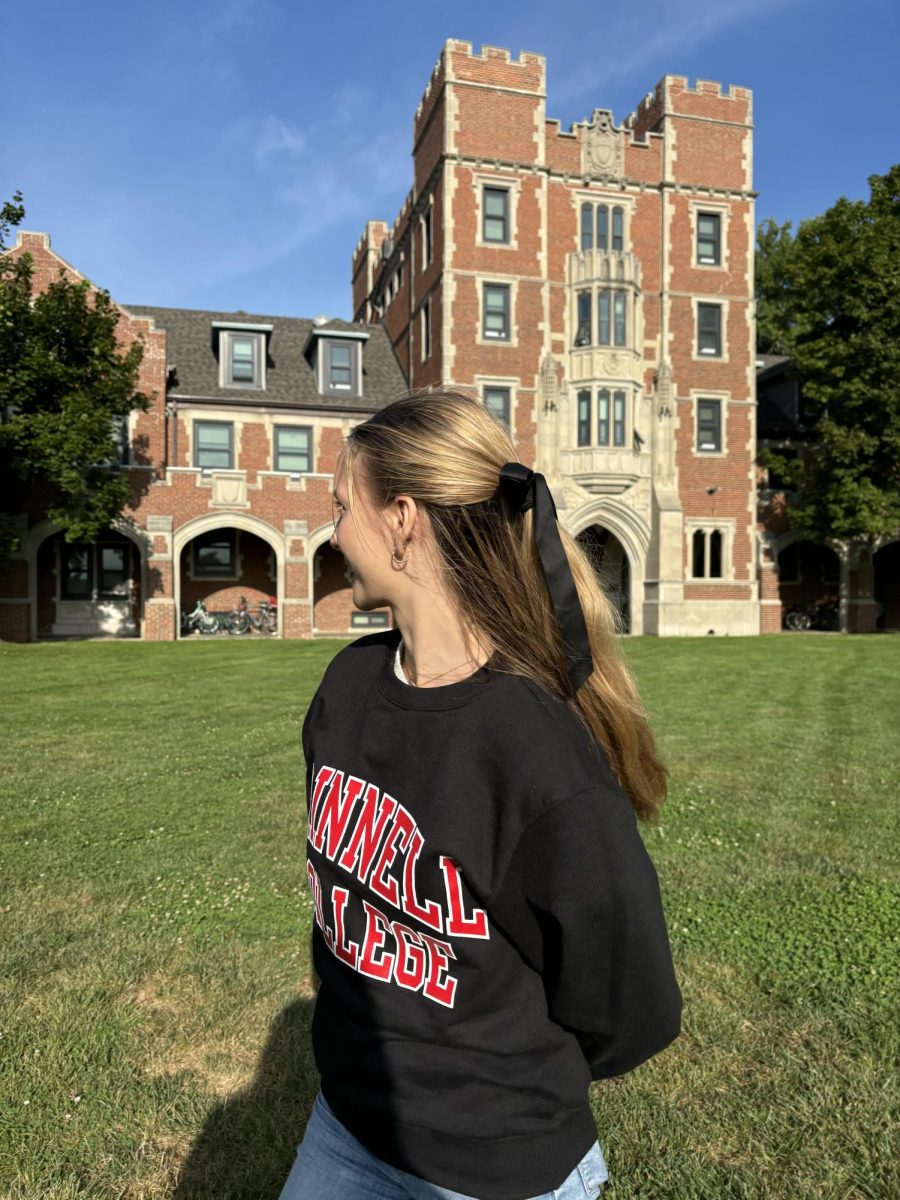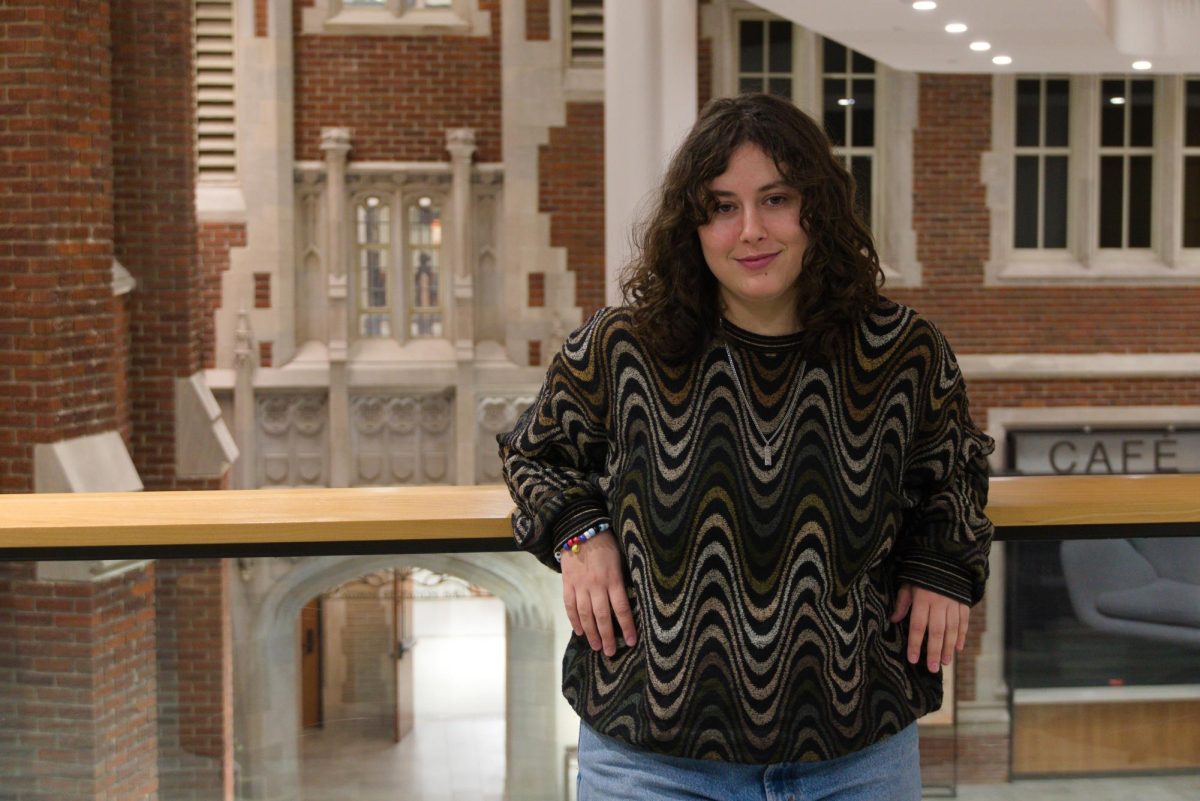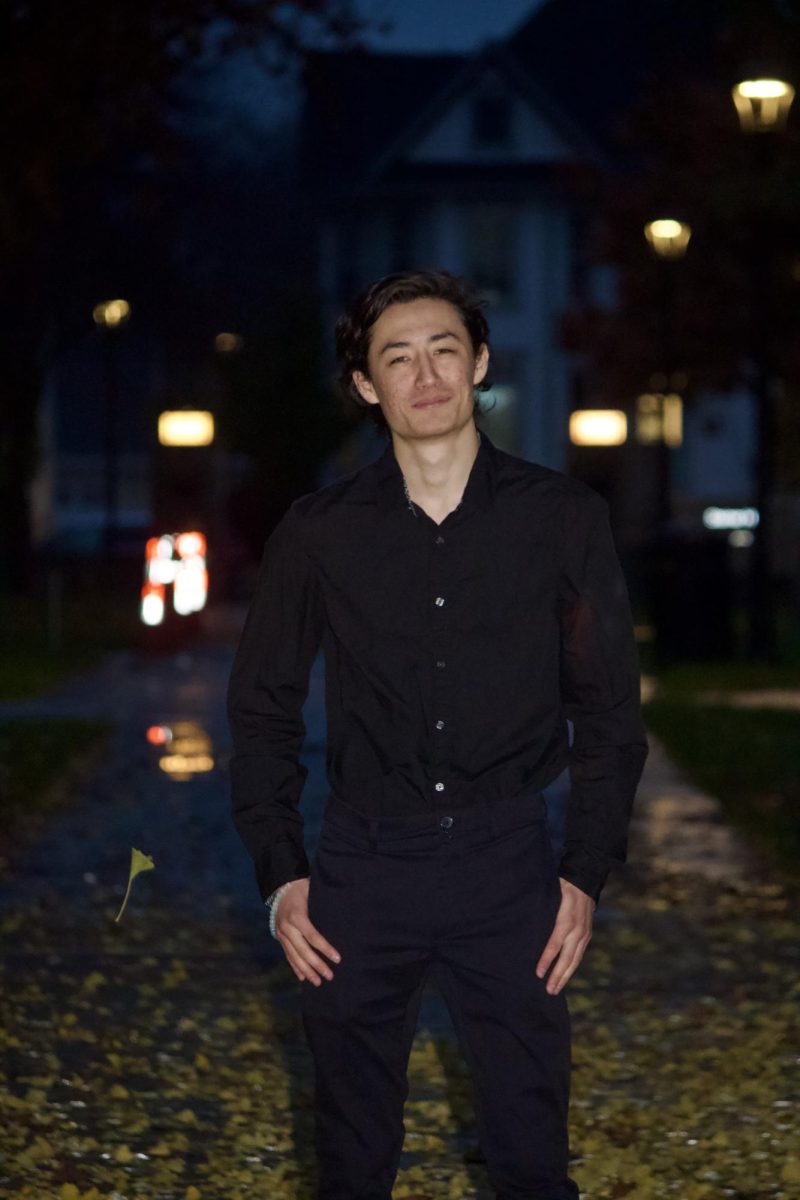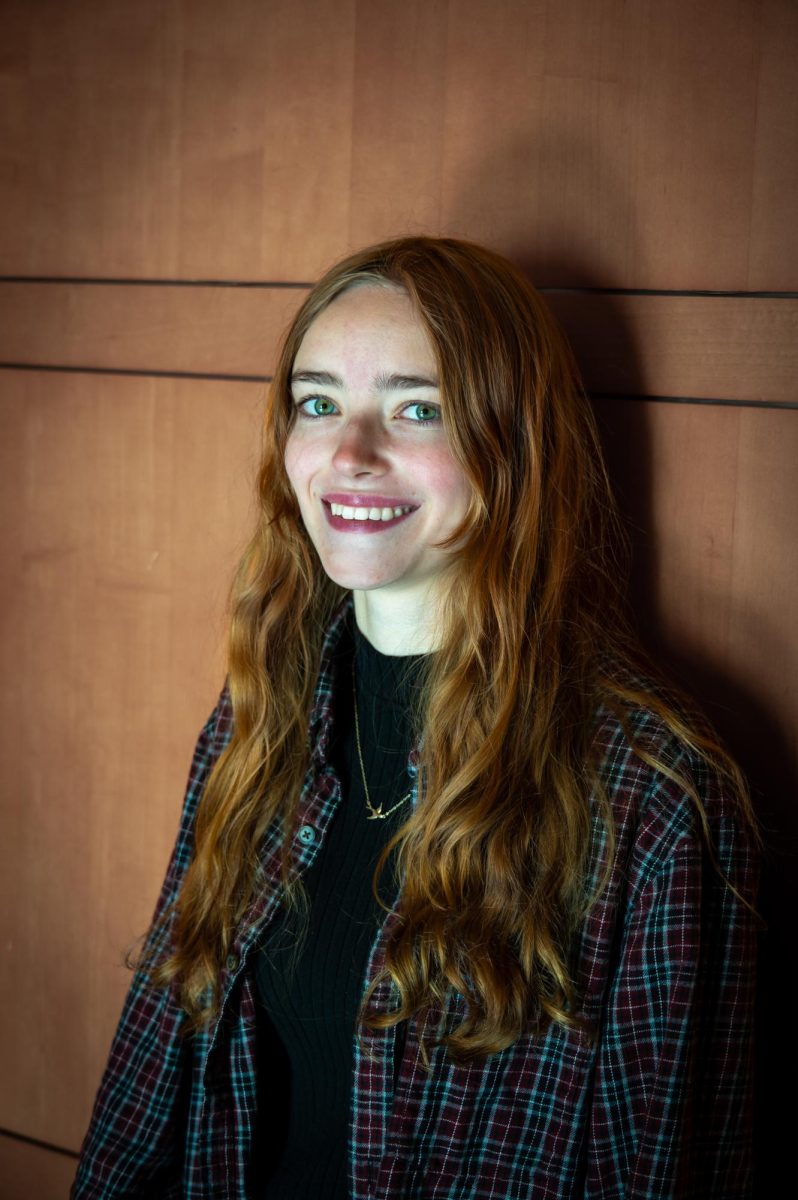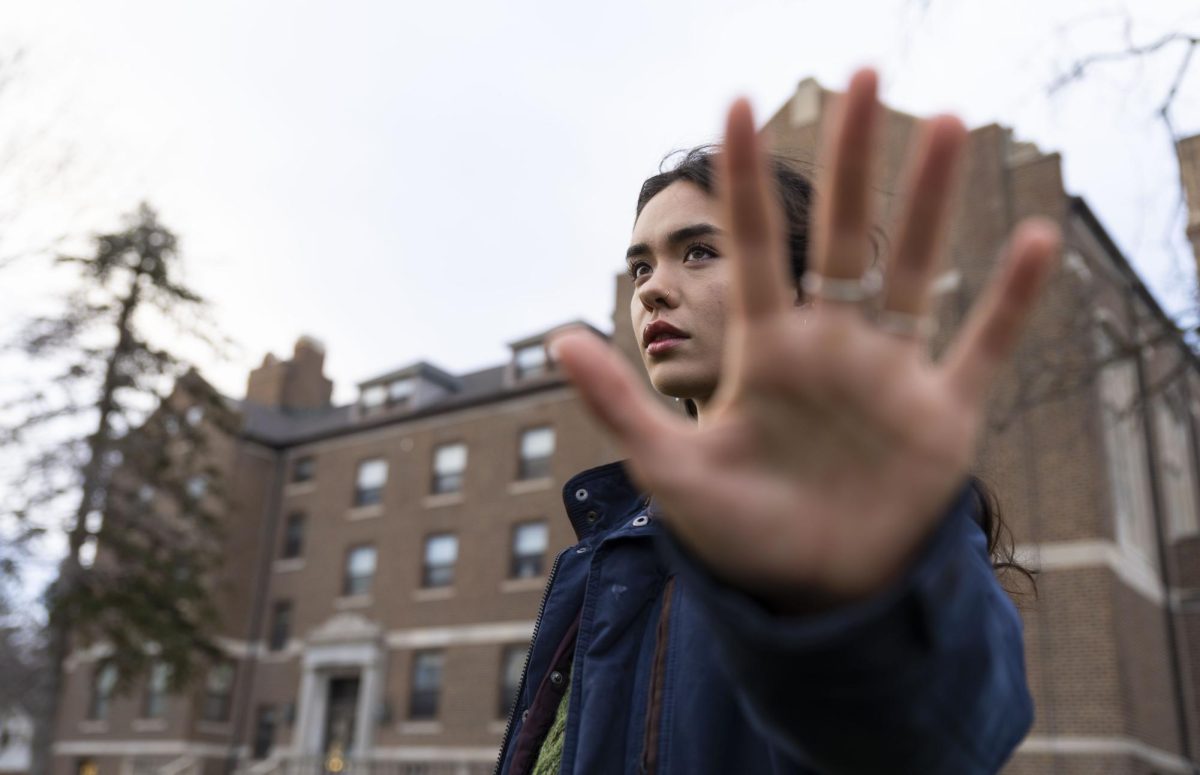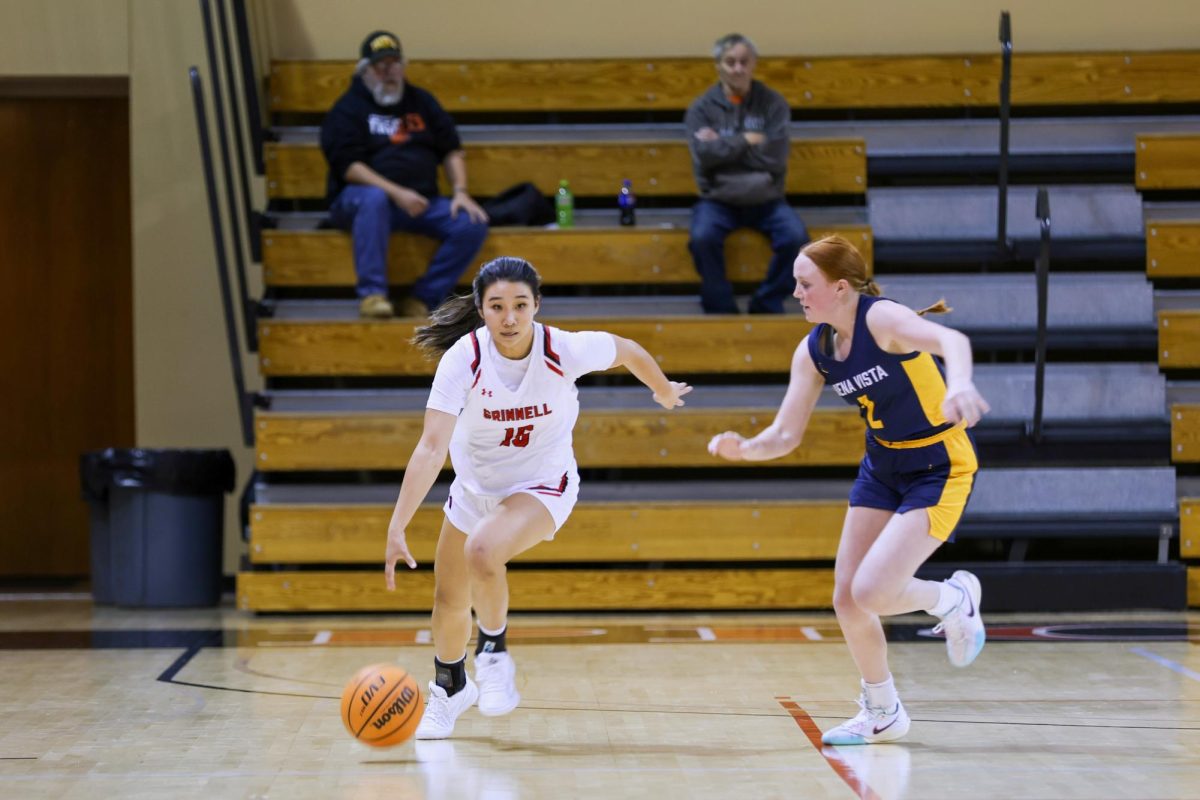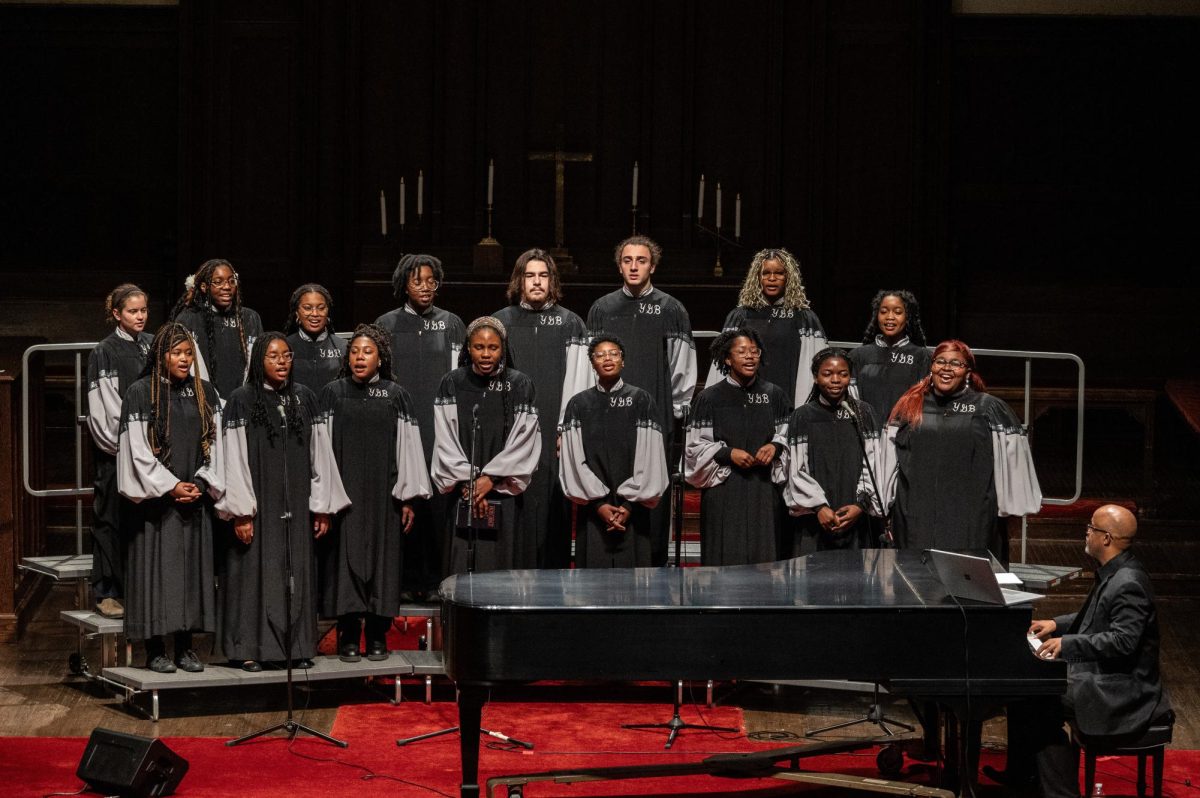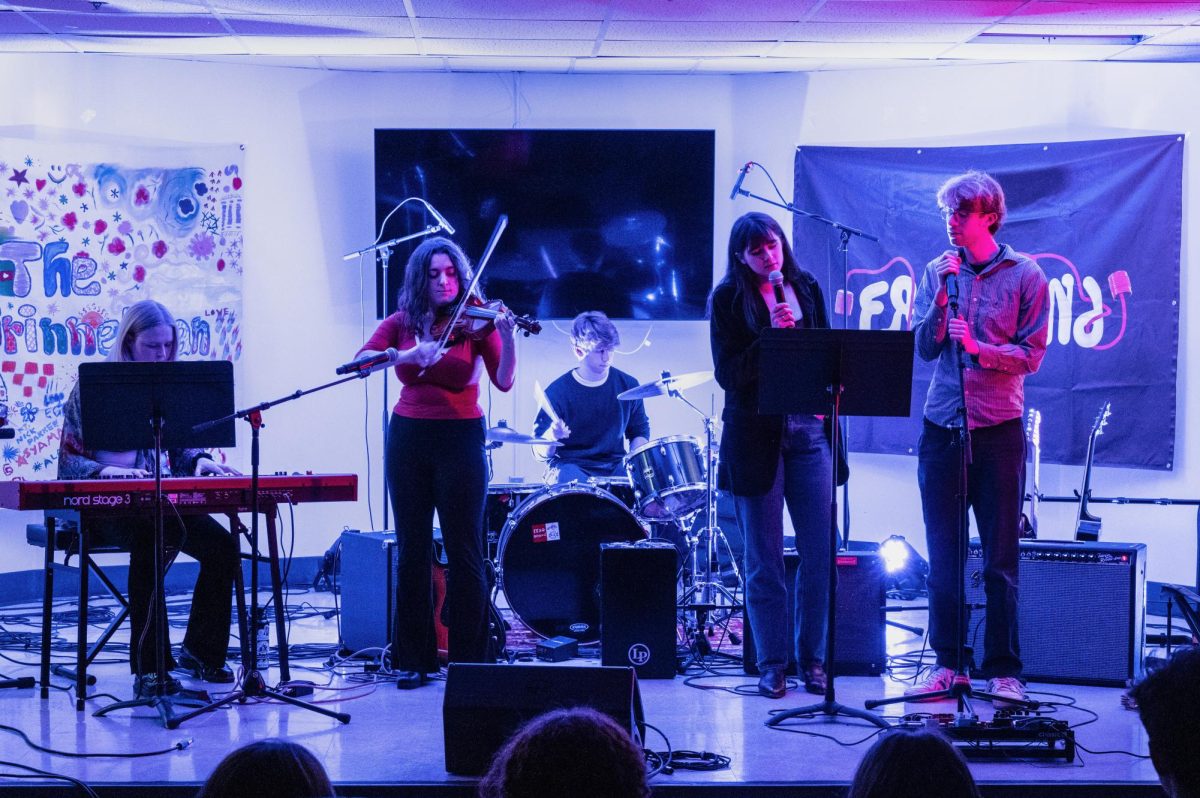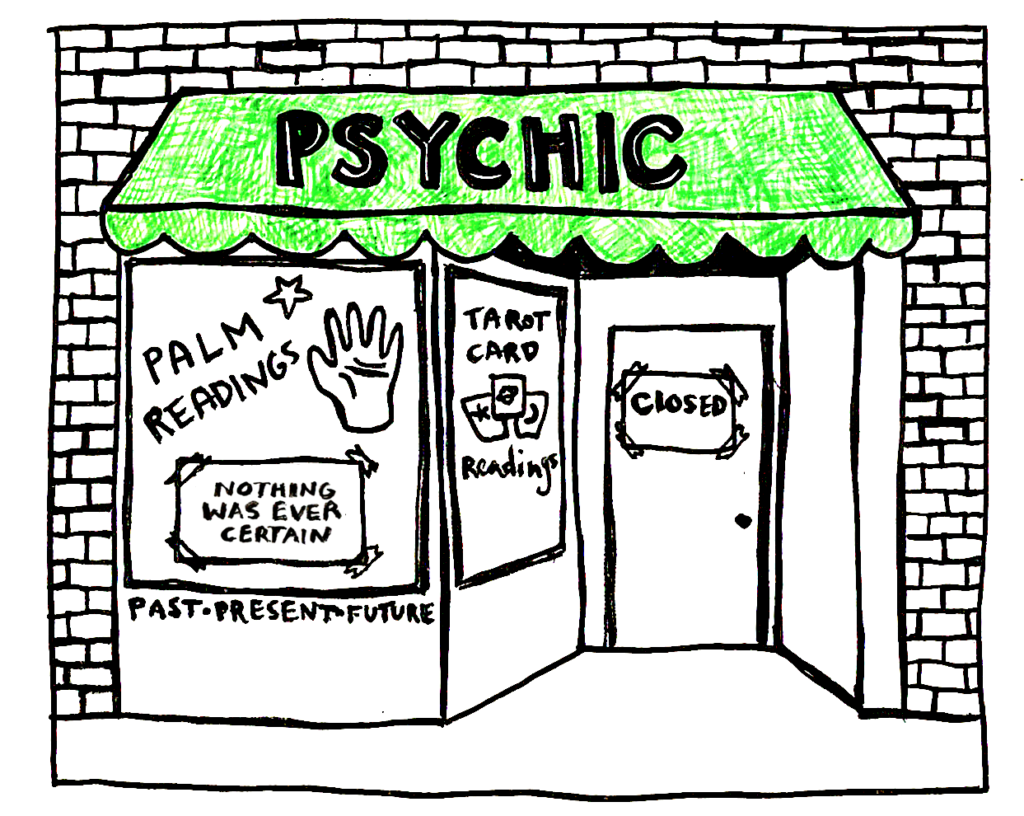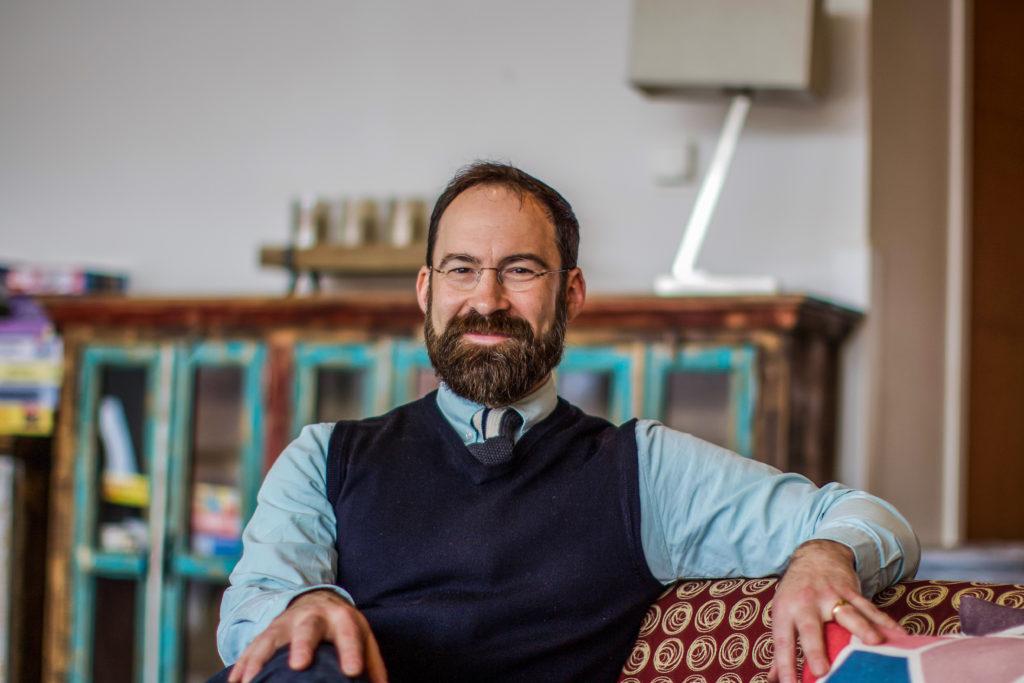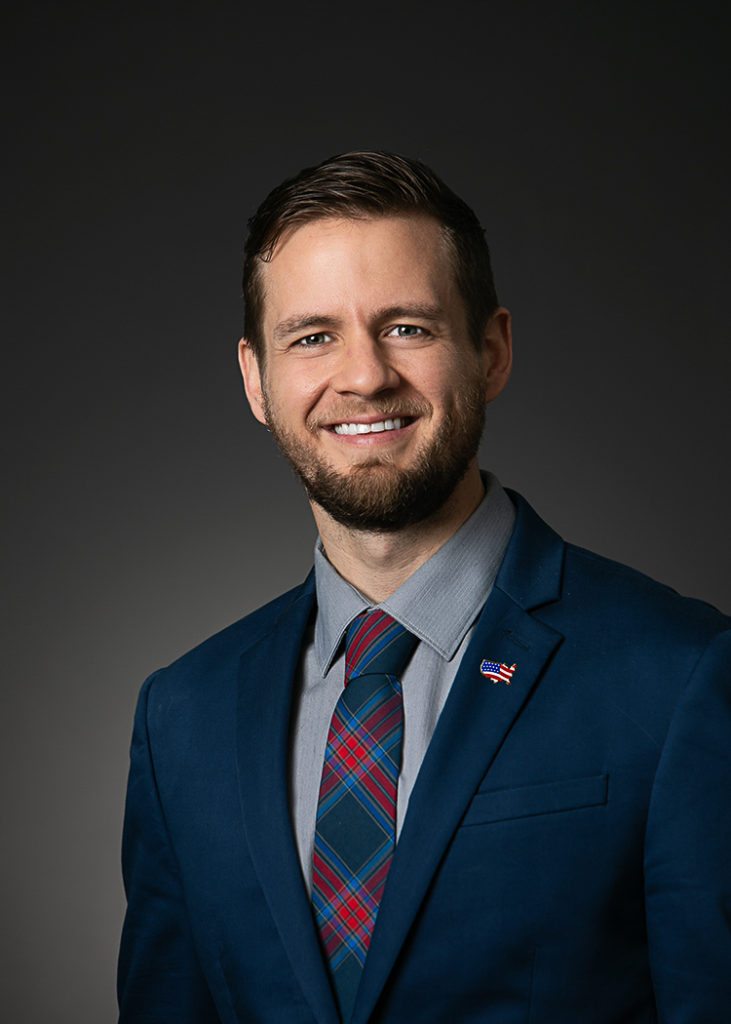On Friday, Nov. 9 at 4 p.m. at the Main Quad, multiple student groups involved in sustainability activism will meet to present the first ever Sustainability Summit. The event will share information with student leaders on the environmental work and projects being done at the College. For students concerned about the effects of climate change, pollution, deforestation and other environmental crises, the summit provides an opportunity to participate in meaningful activism at the College.
Green Fund Committee members Rachel Snodgrass ’21 and Annabel Higgin-Houser ’20 took several weeks to plan for the event and hope to receive an enthusiastic turnout.
“We have been trying to get all the sustainability-related student groups together for a long time, and this is kind of the culmination of that. We’re gonna be having conversations about what every group is doing, what their goals are for the semester, and how we can collaborate throughout groups,” said Higgin-Houser.
The event will begin with short presentations by members of various campus sustainability groups, including the Dorm Composting Project, the College garden, the Conrad Environmental Research Area (CERA), Farm House, Beekeeping Club and the Citizens’ Climate Lobby, among others. Other students will also be invited to speak if they have relevant ideas to bring to the table. The event will continue with roundtable discussions about sustainability, a chance for students to make a paper tree to be displayed in the Joe Rosenfield Center (JRC) which will offer ways to live more environmentally friendly, and a chance to ask questions about getting involved in the various groups.
According to Snodgrass, a strong motivation for the Summit is to foster a sense of solidarity between sustainability groups in hopes of accomplishing more together.
“I feel like there isn’t usually a lot of collaboration between the sustainability groups, usually they’re kind of off doing their own things,” said Snodgrass. “We just thought that if we all work together we would be a lot more efficient and get a lot more done, raise a lot more awareness about sustainability issues.”
Some efforts that Snodgrass and Higgin-Houser said could succeed from communication between groups are composting more on campus, creating a bike co-op program, reducing plastic use and organizing clothing swaps. Additionally, Higgin-Houser said that many student groups may not realize that they could benefit from Green Fund money, so regular correspondence with the fund could be helpful.
Higgin-Houser also mentioned that uniting students across groups could be a good way to make it clear to the administration what students invested in sustainability would like to see from the College.
“Especially since the school has decided not to divest, we feel more urgency that we have to be vigilant about telling the school about ways we wanna be more sustainable as a campus and in our footprint on the world, so we want to bring a united student perspective to the administration,” Higgin-Houser said.
If students have never interacted with sustainability activism at Grinnell before or ever in their lives, Snodgrass thinks the summit is the perfect opportunity to find out how to get involved.
“We want to invite everyone who’s not currently involved in sustainability projects on campus, but wants to get involved,” Snodgrass said.
